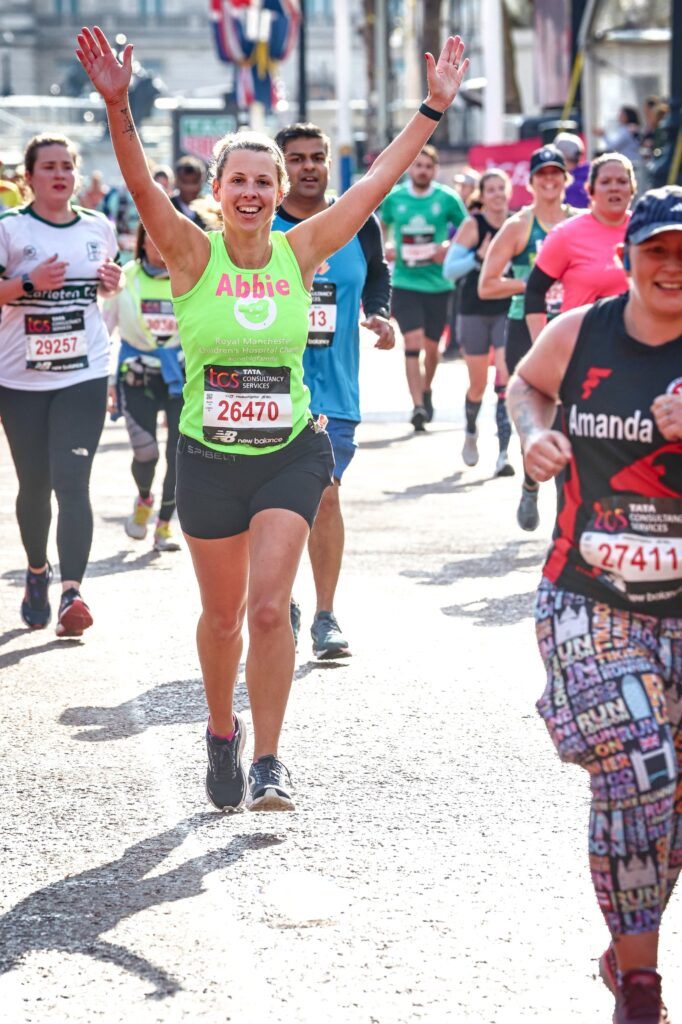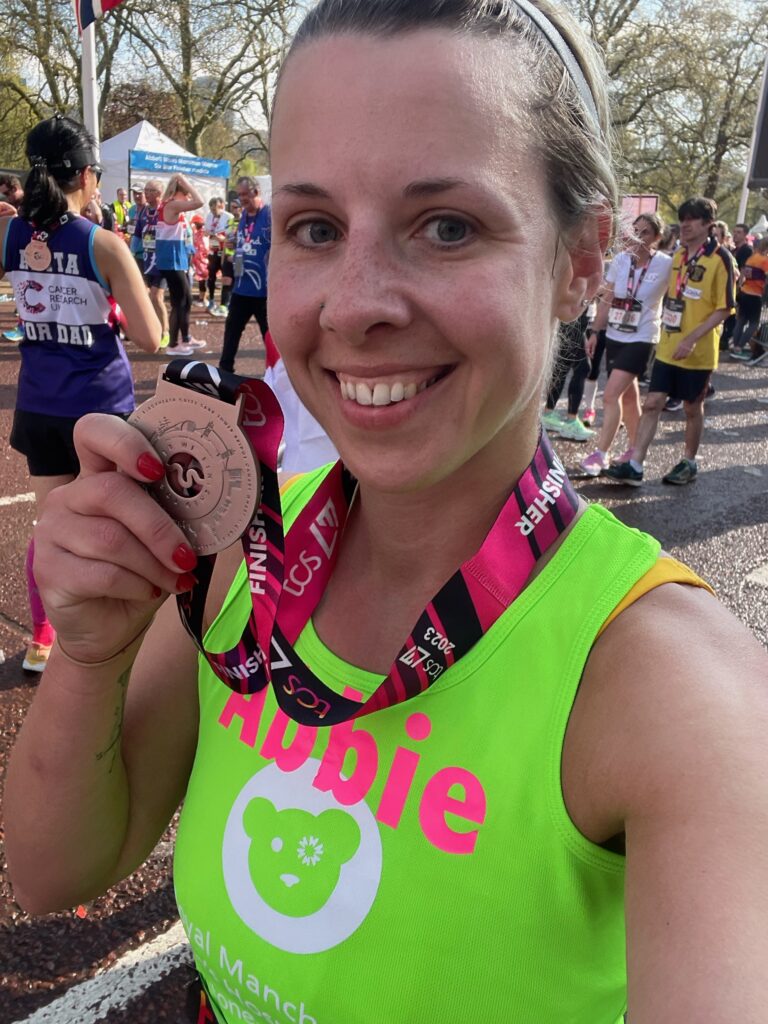Exercise always seems to be that one thing many of us would like to give more time to yet we always seemed to struggle to fit it in.
Busy lives often means that the only spare time we have for exercise is a weekend, whether its going to the gym, out for a run or a home workout.
Guidelines suggest that adults should aim to do at least 150 minutes of moderate exercise a week to maintain good health and there has also been debate about whether cramming all that exercise into a weekend is beneficial.
The good news is that ‘weekend warriors’ – who might only have a few spare hours each week to exercise can still achieve the benefits that come from regular exercise.
The key message is that doing some physical activity is better than doing nothing at all, exercise combined with a good diet is essential for good health.
We spoke to local GP Dr Abbie Brooks to get her top tips for getting more movement into your everyday life as well as her training for the 2023 London Marathon and how she rediscovered her enthusiasm for exercise.

The Covid pandemic and subsequent lockdowns really affected my approach to exercise, I went from running regularly, managing to get to the gym, eating well and feeling good to struggling to figure out how to work a routine into my day to day life.
Work continues to be crazy busy and the work/life balance is a struggle but for me I know if I move, I feel energised, it improves my sleep and helps me to feel less exhausted.
I am a doctor and so know the benefits of regular exercise but I also appreciate how hard it can be especially when we can be so exposed to what is perceived as perfect lifestyles on social media. I work long hours and have two kids, the struggle to fit exercise in to my weekly routine is real.
For me, being able to get back to parkrun is when my enthusiasm perked up finally got some rhythm and mojo back. Exercising is a social thing for me, parkrun is always followed by a chat and a coffee. I slowly started to get on my spin bike more regularly and head out for an occasional run. I really started to enjoy doing some basic strength work – the benefits of this are huge!
Exercise should be fun and we should all move for enjoyment. Sometimes we feel pressured to enjoy a certain type of exercise or only do things we are good at. I used to go to classes at the gym just for the sake of it, not because I enjoyed it, but now I know the time I have to exercise is precious so choose the activities that bring me joy.
Running is hard, I remember starting couch to 5k in January of 2017. I was felt unfit, a fraud and found running even two minutes so hard. I trusted the process and managed to run my first ever 5km at parkrun in the May of that year. Running because a therapy for me, I needed the headspace to process a bereavement but also give me time to myself away from work/parenting! I never expected I would be able to run a marathon six years later, but here we are.

It’s important to know why I exercise and what the benefit is. I like the feeling after accomplishing something; the glow after a run; I love to feel strong and full of energy; I want to be a role model for my kids and I want to be able to keep up with them!
Take the small wins. Did you manage a 5-minute YouTube class? Walk the kids to school instead of hopping in the car? Win two games in a set? Whatever it might be, celebrate yourself.
I never ever thought I would have been able to train for a marathon, join local tennis leagues or lift heavy weights. Yet here we are. Goals help me to provide some structure, but they are guidelines not rules. Do not beat yourself up if you miss a workout or sleep through a parkrun alarm. There is always another opportunity to get moving, take the pressure off and enjoy the process.


